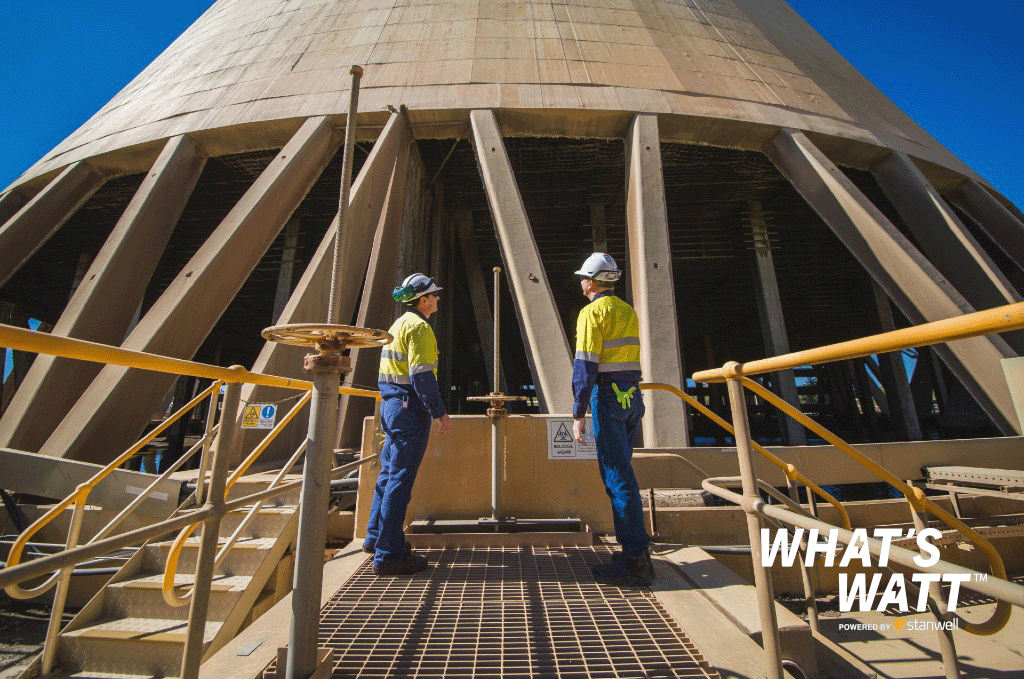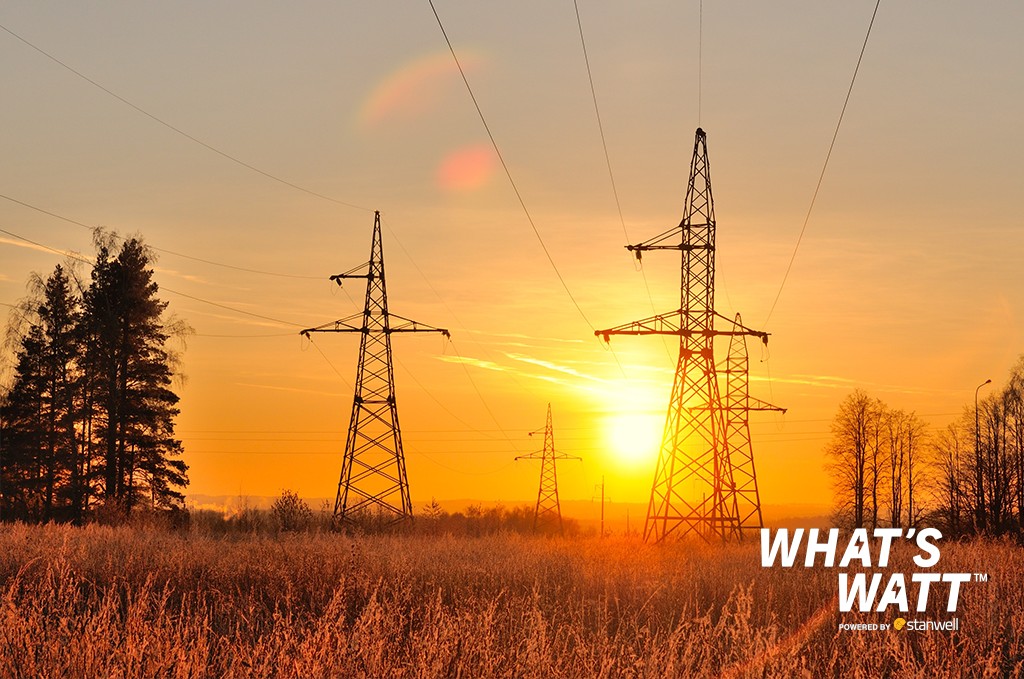Power stations play an essential role in generating the energy we need to run our homes and businesses – but like any machine, they require regular maintenance in order to keep running smoothly and efficiently.
Here’s what you need to know about how power station overhauls work, why they’re necessary, and what they mean for the communities that surround the stations.
Why do power stations need to be overhauled?
Over the past few years, the energy market has seen a number of unplanned generator outages, as well as a large number of units being out of action for planned maintenance.
It’s important to understand that there’s a significant difference between these two types of outages. While unplanned outages are the result of unexpected failures or performance issues, planned outages are carefully coordinated ahead of time with the Australian Energy Market Operator (AEMO), and are actually a statutory requirement.
Every generating unit in every power station in the National Electricity Market (NEM) is required by law to undergo a regular, scheduled maintenance overhaul. These overhauls are critical for ensuring the efficiency and safety of these units, delivering performance improvements, and providing a reliable supply of electricity to support system security.
The approval for a planned overhaul is given more than a year before the commencement of the project, to allow for accurate scoping, planning and procurement of the parts and resources that are required.
Sometimes, a component part may be shared between two generating units, requiring both to be shut off for maintenance at the same time, but these situations are rare.
Typically, each generating unit at a power station is overhauled individually, in order to minimise the impact of the planned outage on the market.
What happens during an overhaul?
Overhauls include the inspection, maintenance, refurbishment and replacement of plant and equipment. This typically includes:
- Removing the unit from service;
- Cleaning and obtaining safe access to the unit;
- Inspecting the plant to determine its condition and the need for further repairs;
- Completing repairs, projects and others scheduled work activities to ensure the unit will operate safely and meet reliability targets;
- Reassembling the plant; and
- Recommissioning and returning the unit to service.
It’s a big job, and requires extra workers to be brought on site in addition to the station’s permanent workforce. Up to 500 additional people can be required for each overhaul, including industrial cleaners, riggers, fitters, welders, scaffolders, boilermakers, electricians, general labourers, cost controllers and other technical experts, as well as additions to the Health, Safety and Environment and People and Culture teams.
The labour pool for an overhaul is diverse, ranging from local subcontractors to global specialists who have the required skills and expertise to undertake maintenance and project works.
Power stations are usually located in regional areas, so this influx of workers can have a significant economic impact on the local community. As well as providing short-term employment opportunities for locals who work on the overhaul directly, these projects have a multi-million dollar flow-on effect, benefiting the local hospitality, accommodation, tourism and transport sectors.
How often do these overhauls occur, and how long do they take?
The overhauls are planned to ensure that downtime is kept to a minimum, and the unit is quickly returned to its full generating capacity.
Overhauls are often planned to take place during ‘shoulder’ periods of the year, between times of peak demand for energy in summer and winter, to ensure that as many units as possible are operational during these peak times. For this reason, it’s common for a large number of units to undergo planned maintenance in the middle of the year.
The exact length of the overhaul will depend on the scope of the operation. Power stations usually run on either a four or five-year overhaul cycle, which means the overhaul is intended to make the plant safe to return to service for the next four or five years, respectively.
Once the required inspection, maintenance, refurbishment and replacement of plant and equipment has been completed, the unit will be recommissioned and returned to service.
Outside of overhauls, an ongoing regime of maintenance is required to keep each power station running optimally throughout the year, ensuring that the energy grid can continue to operate securely and reliably – and households and businesses can keep the lights on.



